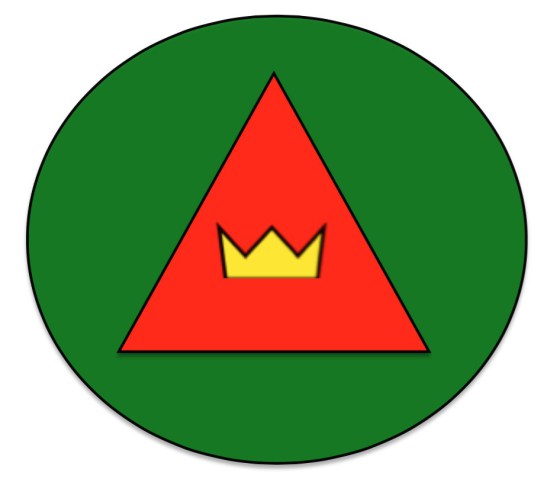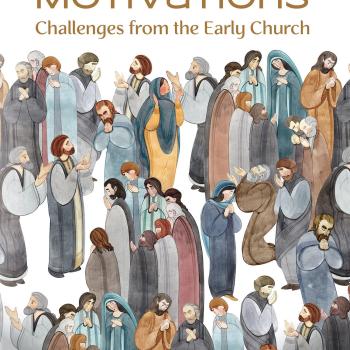Gospel presentations have a disproportionate influence on the way people afterwards read the Bible. Therefore, it substantially shapes their biblical & theological framework.

(That last sentence summarizes one of my basic convictions). It’s worth reading again.
This single idea is the seed for both The Promises of God as well as The Creator King.
Why do it this way?
Typical gospel tracts and presentations are extremely cursory and confusing for many people, especially those who have not heard the gospel before. In a sense, the presentations are so simplified that they are difficult to understand.
They are decontextualized.
Other tools have made serious efforts to share more of the Story (e.g. “C2C” & “The Story”). The problem however is that they tend drastically to truncate the biblical narrative, largely cutting out most of God’s revelation but omitting Israel.
I think people don’t give enough of the grand Story of the Bible. Doctrinal statements are simply signposts to the Story. They should not be confused with the Story itself. I’m not talking about mere storytelling. I refer to the one overarching narrative about which all of Scripture testifies.
 The Promises of God helps people put the gospel back into its biblical context. How so?
The Promises of God helps people put the gospel back into its biblical context. How so?
I present the gospel in a way that is framed by the three major Old Testament covenants––the Abrahamic, the Mosaic, and the Davidic Covenant. Without these covenants, the New Testament simply does not make sense. (I was first inspired to this through this questions when I say how Paul equated the Abrahamic covenant and the gospel in Gal 3:8).
Why The Promises of God?
The Promises of God has a shorter version and a full version. I have a few goals for both versions of the presentations.
1. The Promises of God narrates the grand story both in a balanced way and in proportion to the Bible’s own emphases.
2. The presentation defines key terms and themes while also showing their interconnections. This is critical for giving people the sort of comprehension that reshapes worldview.
3. It can be further utilized during the process of discipleship. If the truth be known, solid evangelism is the beginning of good disciple-making. If our evangelism doesn’t make disciples (but only converts), then we have a problem.
4. It shows believers how to interconnect the New Testament and Old Testament. It especially shows how Jesus fulfills Israel’s history.
Why the pictures?
The pictures are symbolic of the various stages in the Story. They serve two purposes.
First, they help people remember how to share the gospel story. The simple shapes can be drawn in the sand or on a napkin, which enables people to reproduce it from memory. The written words then become a script in their heads during a conversation.
Second, the pictures reinforce the Story for listeners and so make it easier for them to recall the story as well.
Some presentations depend on limiting the number of statements or verses to 4–5. Others use alliteration. The Promises of God tells an integrated, coherent story but allows for easy recall because the pictures are simple and build on each other.
Long Enough to Make Sense
Someone may object that The Promises of God and The Creator King are too long for the average person to recall.
In truth, people everyday hear stories or watch movies with a lot more information that you’ll find in these booklets. A number of details are simply for context and to establish tone. Through strategic repetition, one’s attention is constantly brought back to focus on the major characters and issues.
For more details, check out the packet I created “How to Use” (which is available in both English and Chinese).
I would love to hear people using it as a tool for “seeker studies.” Over the span of a few conversations, one can get a good grasp for the grasp gospel Story. Let me know how it goes for you.
Related articles

















